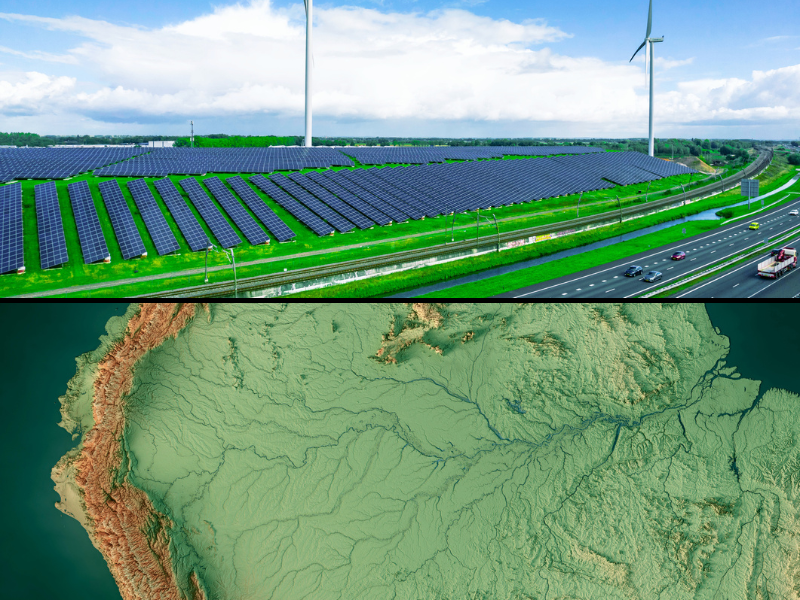Environmental Protection Agency Administrator Mike Leavitt on December 17 signed a regulatory proposal, the Interstate Air Quality Rule, ordering the most significant cuts in nitrogen oxides (NOx) and sulfur dioxide (SO2) emissions, the culprits of acid rain and smog, in more than a decade.
The Interstate Air Quality Rule establishes a cap-and-trade plan for nitrogen oxide and sulfur dioxide similar to provisions of President George W. Bush’s Clear Skies Initiative, which has stalled in Congress. After a period of public comment, the new rule is scheduled to take effect in early 2005.
Dramatic Reductions
According to EPA, the rule will focus on states that significantly contribute to ozone and fine particle pollution in the Eastern United States. The rule would reduce power plant emissions in two phases. Sulfur dioxide emissions would drop by 3.7 million tons by 2010, a cut of approximately 40 percent from current levels, and by another 2.3 million tons when the rule is fully implemented after 2015, a total cut of nearly 70 percent from today’s levels.
NOx emissions would be cut by 1.4 million tons by 2010 and by a total of 1.7 million tons by 2015, a reduction of approximately 50 percent from today’s levels in the 30 states covered under the rule. Cumulatively, the rules will eliminate approximately 34 million tons of SO2 and NOx emissions between now and 2015 beyond the reductions achieved under current programs. Moreover, emissions will be permanently capped and cannot increase.
The new rule will reduce the number of cites and counties that have yet to meet the eight-hour ozone and particulate matter standards drafted by the Clinton administration in 1997.
“While we continue to believe that the Clear Skies Act is the best approach to reducing power plant emissions, and we are committed to working with our congressional sponsors to move this landmark legislation through Congress, we must move forward with these steps now.” Leavitt said at a St. Louis, Missouri, event announcing the new rule.
A major focus of the rule is to proactively provide states with the strongest tools possible to help them meet the new health-based air quality standards, without harming their local economies.
“This proposal will speed the day when the people of St. Louis can be confident they are breathing clean, safe air,” Leavitt said. “The pollution cuts we propose today will help states and cities across the nation achieve national health-based air quality standards.”
“Collaborative Approach”
While the Clean Air Task Force and other liberal environmental lobbying groups complained the new rule favors industry and will “gut” the Clean Air Act, experts disagree.
Kenneth Chilton, Ph.D., director of the Institute for Study of Economics and the Environment at Lindenwood University, supports the new rule, saying it “seeks to recognize that firms are only middlemen in the process. There is no ‘them versus us’ in this picture, only ‘us.’
“Public utilities deliver electricity to businesses and consumers,” Chilton explained to Environment & Climate News. “We work in the establishments, offices, and factories that need reasonably priced electricity to compete in the global marketplace. We pay the electric bill to run our air conditioners and appliances, to light our homes, and, in some cases, heat or homes.”
To ensure continued improvements in the nation’s air quality, Chilton said, EPA must “chart a course that will produce environmental and public health benefits while fostering a strong economy. This more collaborative market-based approach exemplified by the Interstate Air Quality Rule deserves public support.”
James M. Taylor is managing editor of Environment & Climate News. His email address is [email protected].




